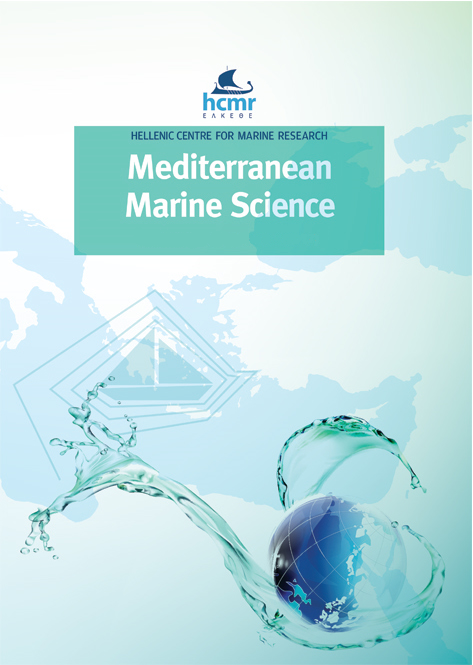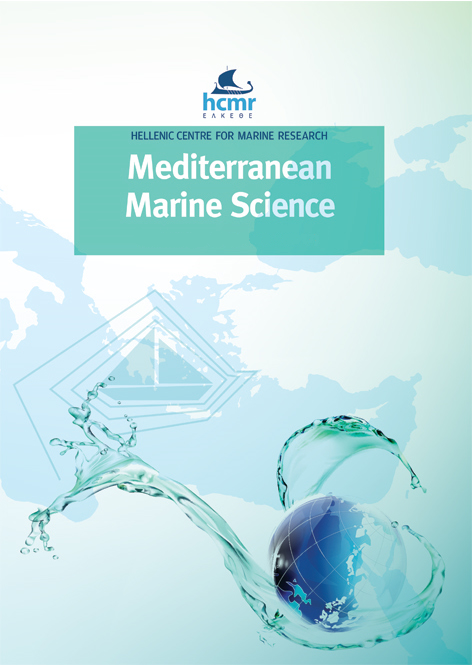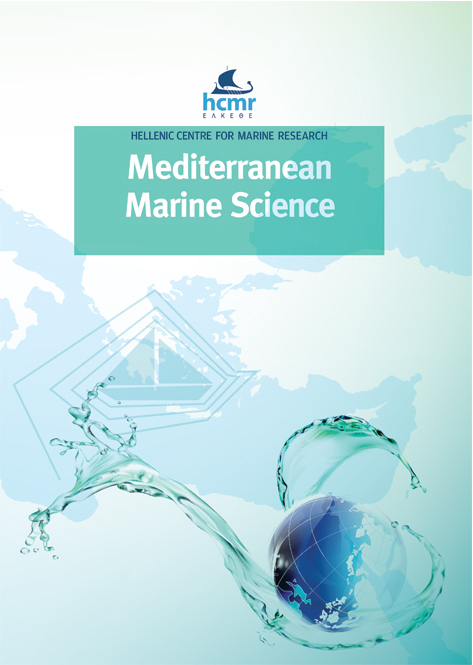Fish assemblages in the trawling grounds of Northeastern Mediterranean: Comparison between the 1980s and 2020s
Resumen
Since the opening of the Suez Canal, the Eastern Mediterranean has been continuously affected by the influx of non-indigenous species (NIS), leading to significant changes in species composition. In this study, we focus on the temporal changes in marine teleost fish communities within one of the most heavily invaded shelf ecosystems. To examine changes in species assemblages, we integrated historical seasonal trawl data from the 1980s with recent data collected in 2022 along the Northeastern Mediterranean coast at depths of 0–25 m, 25–50 m, and 50–100 m. As a result, we identified 130 fish species, consisting of 37 NIS and 93 native species. Cluster analysis and Non-metric Multidimensional Scaling (NMDS) results revealed three main groups: a shallow water group, a deeper water group, and a western group, along with additional groups exhibiting sporadic occurrences. The western group, influenced by the presence of Posidonia oceanica meadows, has consistently been dominated by native biomass. However, the ratio of NIS to the total number of species has notably increased since the 1980s. The shallow water group, considered Por’s “Lessepsian Province”, is predominantly composed of NIS biomass and spans a depth range of 7 to 60 meters. In contrast, the deeper water group, which extends up to 82 meters, has maintained a relatively stable community dominated by native biomass over the years. However, since the 1980s, there has been a recorded increase in the contribution of NIS biomass and the overall proportion of NIS in the total species count within this group. Significant differences in community structure were correlated with depth and the spatially defined subregions within the study area. This study elucidates the dynamic nature of species assemblages in the continental shelf of the Northeastern Mediterranean and emphasizes the need for continuous monitoring to understand the ongoing transformations in these heavily impacted regions.
Article Details
- Cómo citar
-
KURT, M., & GÜCÜ, A. C. (2025). Fish assemblages in the trawling grounds of Northeastern Mediterranean: Comparison between the 1980s and 2020s. Mediterranean Marine Science, 26(3), 533–591. https://doi.org/10.12681/mms.39686
- Sección
- Research Article
Authors who publish with this journal agree to the following terms:
- Authors retain copyright and grant the journal right of first publication with the work simultaneously licensed under a Creative Commons Attribution Non-Commercial License that allows others to share the work with an acknowledgement of the work's authorship and initial publication in this journal.
- Authors are able to enter into separate, additional contractual arrangements for the non-exclusive distribution of the journal's published version of the work (e.g. post it to an institutional repository or publish it in a book), with an acknowledgement of its initial publication in this journal.
- Authors are permitted and encouraged to post their work online (preferably in institutional repositories or on their website) prior to and during the submission process, as it can lead to productive exchanges, as well as earlier and greater citation of published work (See The Effect of Open Access).







